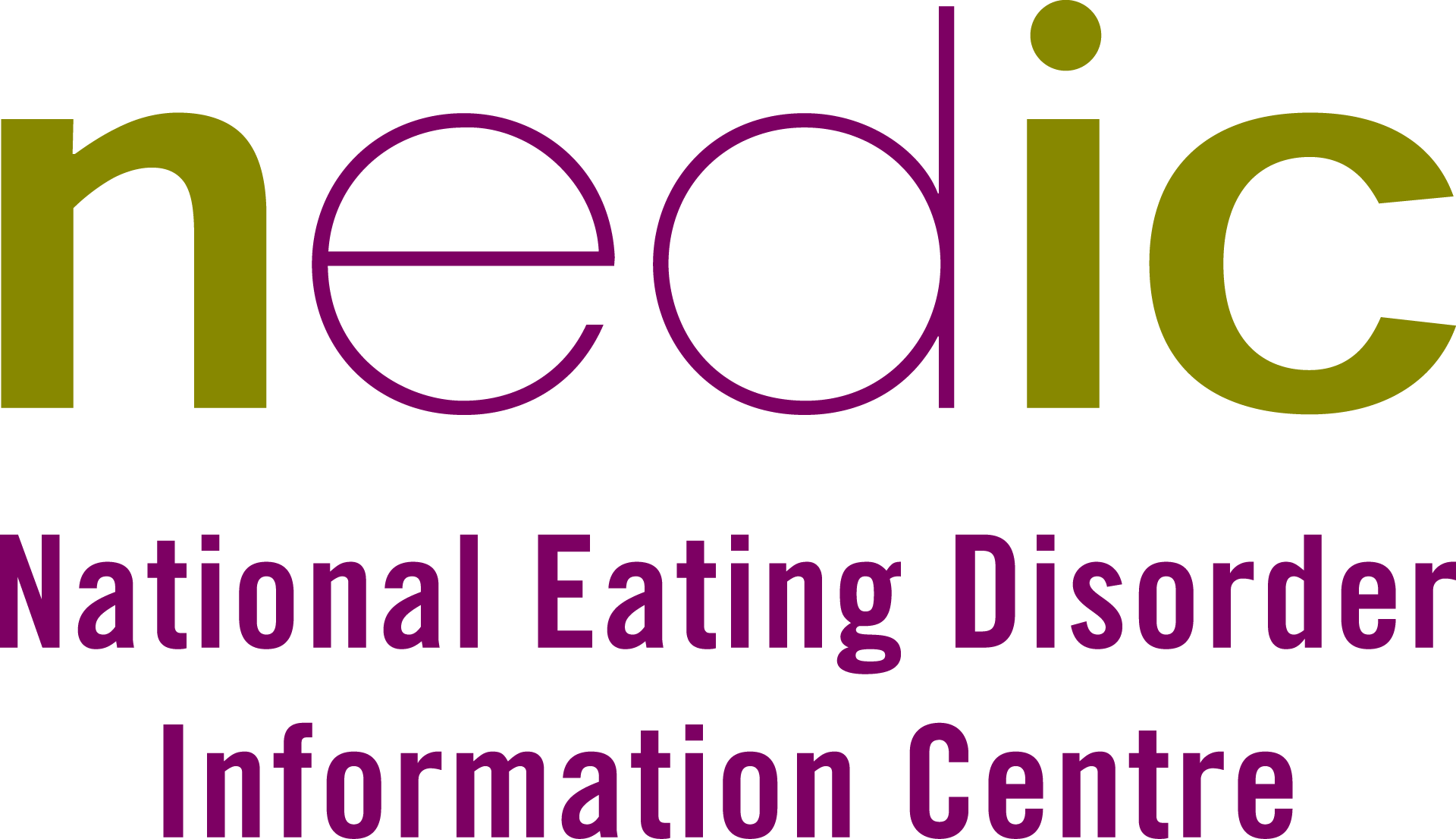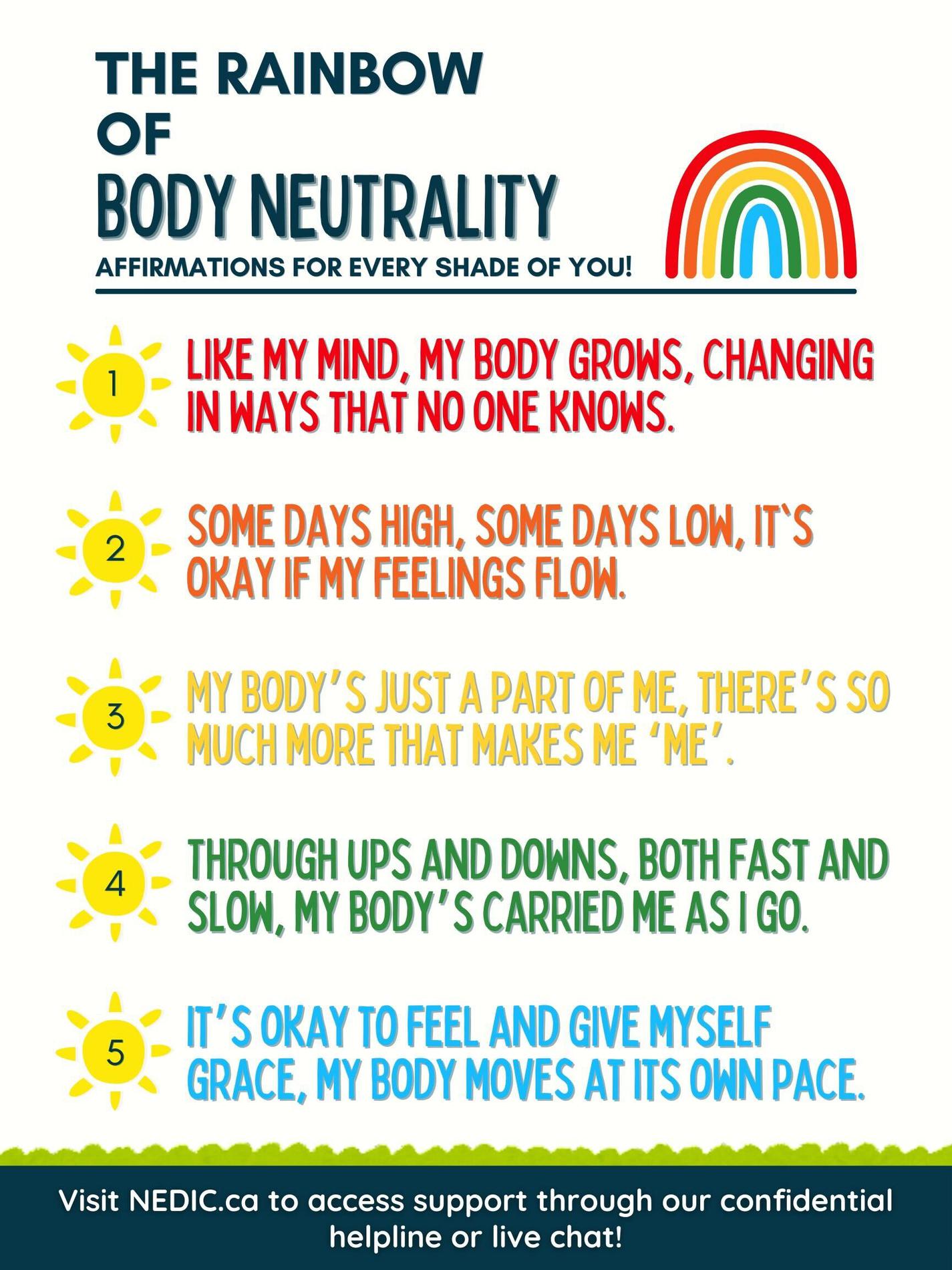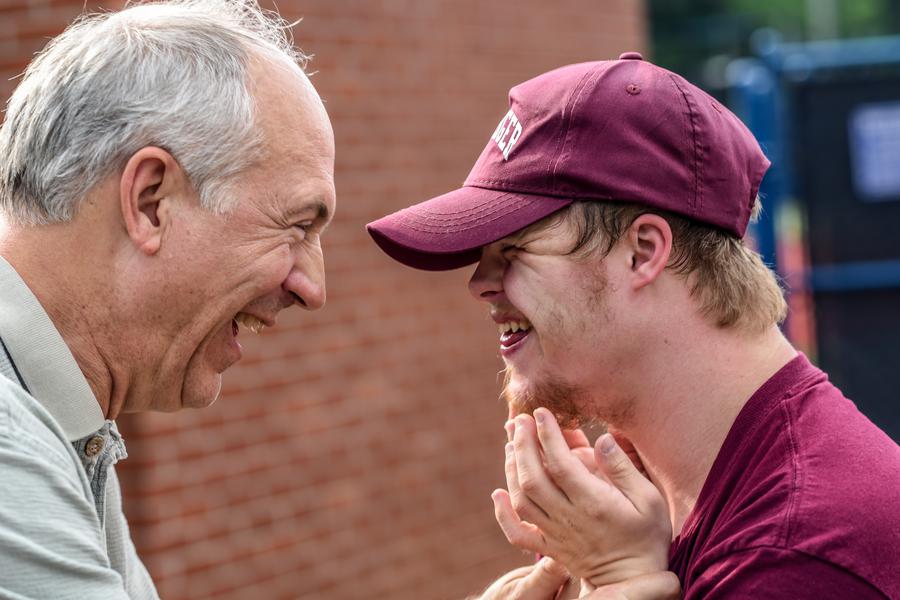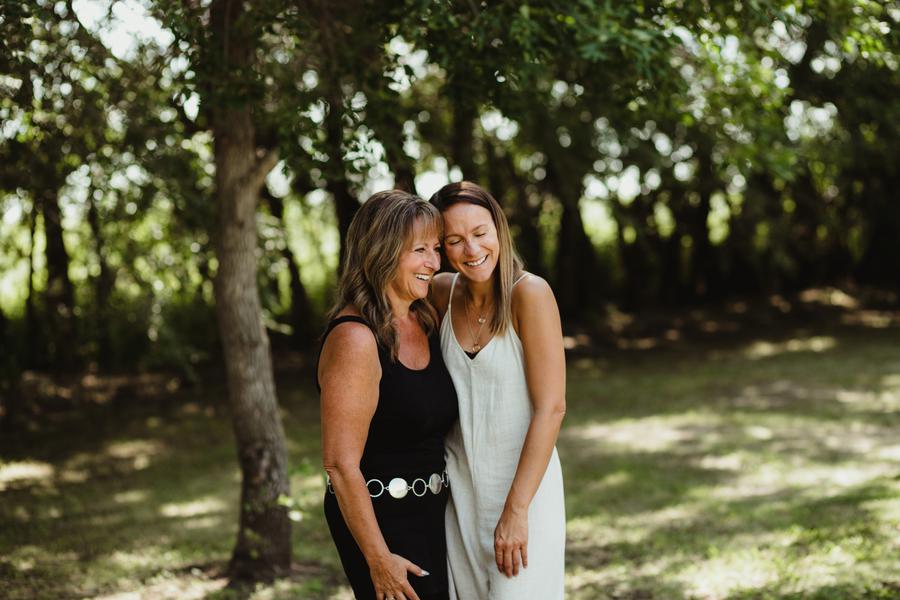
Jenny Krawczyk
June 17, 2025, 5:02 p.m.

What if the goal wasn’t for kids to love their bodies, but to understand, respect, and live in them without shame? That’s the foundation of body neutrality.
Over the past few months, I had the opportunity to complete my student placement at the National Eating Disorder Information Centre (NEDIC). As a Master of Public Health candidate with a strong passion for eating disorder awareness and education, I knew this would be a meaningful space to learn and grow, and it truly was.
One of my main projects involved creating and refining health promotion posters for youth. A key focus was the concept of body neutrality, specifically through affirmations designed for different age groups. While I was already familiar with body positivity, body neutrality was a newer lens, one that quickly resonated with me.
Body neutrality is an approach that emphasizes respecting your body rather than loving its appearance.
Unlike body positivity, which encourages people to feel good about how they look, body neutrality offers a flexible, realistic mindset. It shifts the focus to what the body can do, how it grows, learns, and supports us through life. While body positivity can be a powerful mindset, it can sometimes feel out of reach, especially on days when someone doesn't feel good about how they look. This is where body neutrality comes in, creating breathing room for those harder days.
For children and youth, this message can be powerful. Kids absorb cues from everything around them: media, school hallways, family conversations. In these formative years, they begin to learn which bodies are “good” and which aren’t — beliefs that can take hold early and stay with them. Body neutrality offers an influential alternative. It tells children that their body is not a problem to be fixed. Their body helps them live, learn, play, and connect, and that it’s okay to have mixed feelings and still treat themselves with compassion.
To help make these ideas tangible and age appropriate for younger students, I created the Rainbow of Body Neutrality poster. Using the rainbow as a symbol of diversity and change, each colour features an affirmation that gently supports self-acceptance through life’s physical and emotional shifts.
Affirmations I created include:
“Like my mind, my body grows, changing in ways that no one knows.”
“Some days high, some days low, it's okay if my feelings flow.”
“My body’s just a part of me, there’s so much more that makes me ‘me.’”
“Through ups and downs, both fast and slow, my body’s carried me as I go.”
“It’s okay to feel and give myself grace, my body moves at its own pace.”
These rhyming affirmations are simple but meaningful, designed to stick with young minds while offering reassurance and perspective. They validate the ups and downs of growing up while reinforcing that all bodies are worthy of care.
When we introduce children to body neutrality early on, we help build a foundation of self-respect, emotional awareness, and resilience. They learn that their bodies are valuable not because of how they look, but because of who they are and what their bodies let them experience.
Posters like Rainbow of Body Neutrality are more than just classroom décor; they’re gentle invitations to pause, reflect, and embrace the journey of growing up with compassion and care.
Jenny Krawczyk is a Master of Public Health candidate at the University of Waterloo, and a former NEDIC placement student.

Jan. 5, 2022, noon

March 10, 2021, noon